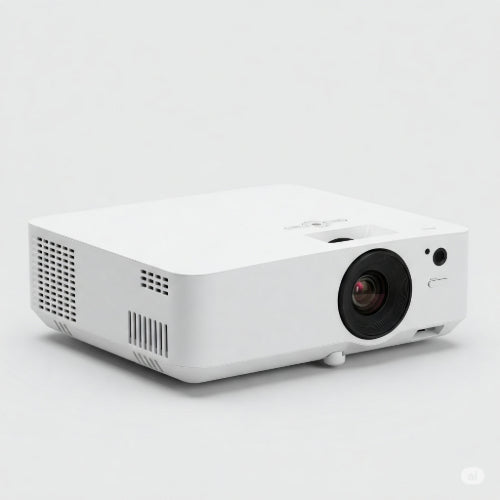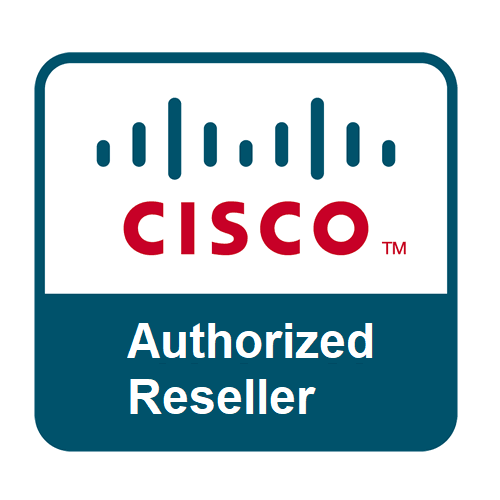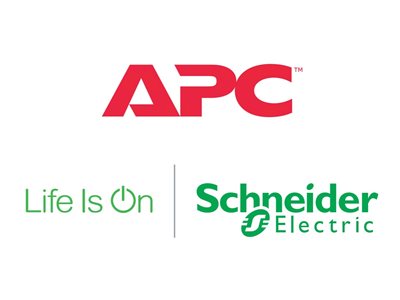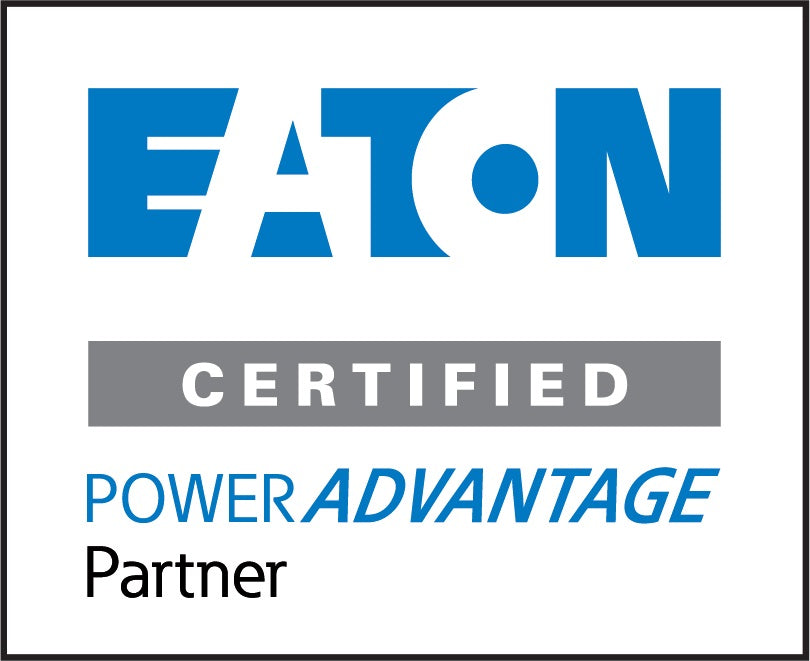Light Up Your Ideas: Choosing the Right Projector for Business Presentations
In today's collaborative business world, a projector is more than just a gadget – it's a powerful tool for engaging audiences, sharing ideas, and making a lasting impact. Whether you're presenting to a small team, a large conference room, or even a client across the globe, the right projector can significantly enhance your message. But with a vast array of options available, how do you choose the perfect one for your business needs? Let's illuminate the key factors to consider.
1. Brightness is Key: Lumens Matter
The brightness of a projector, measured in lumens, is arguably the most crucial factor. It determines how well your presentation will be visible, especially in rooms with ambient light.
- Small Meeting Rooms (6-10 people): 2000-3000 lumens should suffice, especially if you can control the lighting.
- Medium Conference Rooms (10-30 people): Aim for 3000-4000 lumens to ensure clarity even with some ambient light.
- Large Auditoriums and Events (30+ people): You'll need 4000 lumens or more for a bright and clear image across a larger screen.
Tip: It's always better to have a slightly brighter projector than needed, as you can often adjust the brightness settings.
2. Clarity is Crucial: Resolution Explained
Resolution refers to the number of pixels displayed on the screen, directly impacting the image sharpness and detail. Higher resolution means a clearer and more professional-looking presentation, especially for text and detailed visuals.
- SVGA (800 x 600): Suitable for basic presentations with minimal text and graphics, but generally not recommended for professional use.
- XGA (1024 x 768): A step up from SVGA, better for presentations with more text and some visuals.
- WXGA (1280 x 800): A widescreen format that's becoming increasingly common, offering more horizontal space for presentations and spreadsheets. A good balance for many business needs.
- Full HD (1920 x 1080): Ideal for displaying high-definition content, videos, and detailed graphics with excellent clarity. A strong choice for professional presentations.
- 4K UHD (3840 x 2160): The highest resolution currently available, offering exceptional detail and sharpness. Best for presentations with intricate visuals or when projecting onto very large screens.
Consider your content: If your presentations heavily rely on detailed charts, graphs, or high-resolution images, opt for a higher resolution projector.
3. Throw Ratio: Projector Placement Matters
The throw ratio determines the distance required to project a specific image size. It's often expressed as a ratio (e.g., 1.5:1).
- Short Throw Projectors: Can project a large image from a short distance, ideal for smaller rooms where placing the projector far from the screen isn't feasible.
- Ultra-Short Throw Projectors: Can be placed very close to the screen (inches away), often mounted above or below the screen. Great for interactive whiteboards and minimizing shadows.
- Standard Throw Projectors: Require a moderate distance from the screen, suitable for most medium-sized conference rooms.
- Long Throw Projectors: Designed for large venues where the projector needs to be placed far from the screen.
Measure your meeting space: Determine the optimal projector placement and the desired screen size to calculate the necessary throw ratio. Many online throw ratio calculators can help.
4. Lamp Life and Cost of Ownership:
Projector lamps have a limited lifespan, and replacement costs can add up. Consider the lamp life (measured in hours) and the cost of replacement lamps when making your decision.
- Lamp Type: Traditional lamps have a shorter lifespan compared to LED or laser light sources.
- Eco Modes: Many projectors offer eco modes that reduce brightness and extend lamp life, which can be beneficial for routine presentations.
- LED and Laser Projectors: While often more expensive upfront, LED and laser projectors boast significantly longer lifespans (often 20,000 hours or more), lower maintenance, and more consistent brightness over time, making them a cost-effective long-term solution.
5. Connectivity: Plugging In with Ease
Ensure the projector has the necessary ports to connect to your devices, such as laptops, tablets, and video conferencing systems.
- HDMI: The standard for high-definition video and audio. Ensure enough HDMI ports for your needs.
- VGA: An older analog connection, still found on some older laptops. Consider if you need this compatibility.
- USB: For connecting USB drives for PC-free presentations or powering accessories.
- Wireless Connectivity (Wi-Fi): Allows for cable-free presentations from laptops and mobile devices. Look for screen mirroring capabilities (e.g., Miracast, AirPlay).
- Network Port (RJ-45): For network control and management.
6. Features for Enhanced Presentations:
Consider these additional features that can enhance your presentations:
- Keystone Correction: Allows you to adjust the image shape if the projector isn't perfectly aligned with the screen, preventing distortion. Look for both vertical and horizontal keystone correction.
- Zoom: Enables you to adjust the image size without physically moving the projector.
- Built-in Speakers: Useful for smaller presentations, but for larger audiences, consider external speakers for better audio quality.
- 3D Capability: If your presentations involve 3D content.
- Interactive Features: Some projectors offer interactive capabilities, allowing presenters to annotate directly on the projected image.
- Portability: If you need to move the projector frequently, consider a lightweight and compact model with a carrying case.
Making the Right Choice:
Choosing the right projector for your business presentations requires careful consideration of your specific needs, meeting space, and budget. By understanding the key factors outlined above, you can confidently select a projector that will illuminate your ideas, engage your audience, and leave a lasting positive impression. Don't let a dim or blurry image undermine your hard work – invest in the right technology to make your presentations shine!







